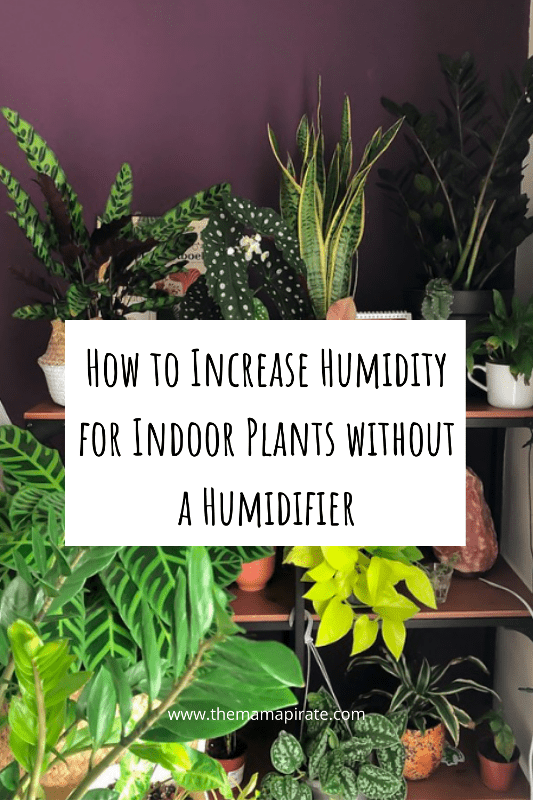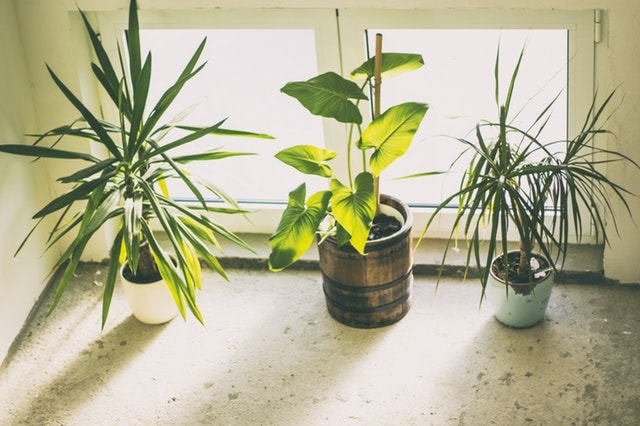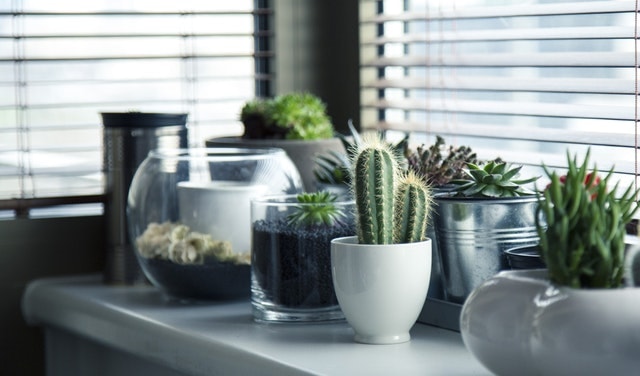Last Updated on 3 years by Namrata
Are you looking for alternate ways to create humidity in houseplants? The level of humidity is one of the key factors for the growth of a plant. In summer it may not be an issue as at room temperature the humidity is optimal. But in winter, when the temperature falls and you have the heater on, humidity is quite low inside.
An electric humidifier can increase the humidity in a room. But, there are eco-friendly ways that can help you to create humidity for indoor plants without using a humidifier.
Let’s see what is the optimal room temperature and humidity for Indoor plants.
The Optimal Humidity Level for Houseplants
For some plants, 50% humidity is optimal and for some even go as high up to 80%. The amount of humidity requirement varies from plant to plant. Succulents generally do not require too much humidity whereas ferns do need high humidity as high as 70%.
it is really hard to maintain such humidity inside a room. Especially in winters as the air is cold and dry. Normally, the humidity during winter is around 20%, which isn’t enough. This is the reason indoor gardeners are always in need of ways to increase humidity in their homes.
Ways to Increase Humidity for Indoor Plants Without a Humidifier
On the internet, you will get numerous ways to increase humidity in houseplants. I will mention only those I have tried myself. If you are growing tropical plants indoors, it is important to increase humidity because tropical plants thrive in high humid temperatures as compared to low humidity.
Method 1: Grouping your Plants
This is the most basic and most preferred method by everyone. It is a simple technique yet so efficient. If you ever visit a garden pack of plants, you will notice that there is quite high humidity in the air there. The reason behind this is the process called transpiration, in which plants lose water from their tiny pores, these pores are called stomata. The water released by these pores gets mixed up in the air and increases the humidity.
So when we group our plants together in the room, we are basically increasing the level of humidity in the air. This is the natural way to increase humidity.
But there is a drawback of this method too, sometimes it is the case that you don’t have many plants together. For eg: You have only a few plants in the kitchen or bedroom. So it becomes impractical sometimes.
Method 2: Keeping HousePlants in the Bathroom
You may be wondering why would I put my plants in the bathroom? Your bathroom is the only place in your house that is the most humid and wet almost all the time.
In winter, when you want to see your plants growing peacefully then it is a good idea to put these plants in your bathroom.
Plants like Phalaenopsis Orchids, Bromeliads, Ferns and Peace Lilies, etc require quite high humidity, so for such plants bathroom is the best place that can provide them with adequate humidity.
Method 3: Using the Pebble Tray
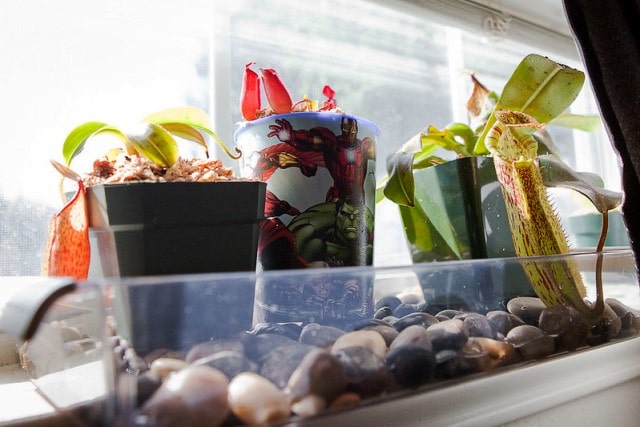
Another very simple yet amazing method to increase humidity for Indoor plants. For this method, you just require a tray that is quite deep and is large enough to hold two or more plant pots. We have said deep tray because it will ensure that the water doesn’t dry up quickly. Just put some pebbles into the tray and then fill it with water.
Now put your plant pots on the pebbles and make sure that it rests safely and doesn’t have a chance of falling. Also, make sure that pots don’t touch the water. Thus soil wouldn’t soak water and roots will become waterlogged.
So slowly the water will evaporate and mix up with air thus increasing the humidity around the plants. And the best part is it wouldn’t increase humidity for the whole house.
Yet there are disadvantages too with this method. As there will be long-standing water for a long enough time and thus resulting in the growth of fungal bacterias, mosquitos, etc. Which may compromise your plant’s health. So you will need to change the water from time to time, to make sure that no such situation arises.
Method 4: Misting your HousePlants frequently
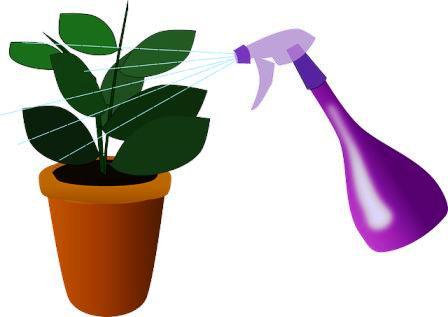
You can keep a spray bottle filled with water ready at all times. Spray water on the leaves of houseplants and in the air near plants. Water sprayed on leaves will evaporate and will result in an increase in humidity. The humidity will increase for a few hours.
Misting is a great way of increasing humidity but the only problem is that you will need to spray after every hour or so. Another issue is that keeping the plant moistened for long hours may result in fungal growth and in some cases it may even destroy the plant.
A solution to this is to try misting in the mornings, so your plants have a whole day for evaporation. Also, it may be impractical for several working people as they wouldn’t be around for misting from time to time throughout the whole day.
Method 5: Using the Two Pot Method
If you don’t have many plants and can’t group your plants to increase humidity, also you don’t wanna keep your plants in the bathroom, don’t worry we have another method for you which is especially for single houseplants. This method doesn’t even require you to relocate your plants.
The technique is quite simple, As the name suggests you will need two pots one with a quite bigger diameter than the other. The small pot is for the plant and it will be inside the bigger one. Now the pot with a larger diameter is filled with sphagnum moss soaked in water. This technique is quite native actually but very efficient.
The wet moss will retain the water for a few days thus evaporation will take place slowly, resulting in high humid levels for a much longer time than any other method.
Remember to make a small hole at the bottom of the larger pot so that water can drain slowly.
Conclusion
These are the 5 methods to increase humidity for indoor plants without using a humidifier that I have tried myself. You may try any one of them at home.
You May Like:
- How to make liquid fertilizer from kitchen waste
- How to grow eggplant from store-bought
- Best Pruning Shears for Indoor Plants
- The Guide to Organic Gardening for Beginners
- How to Neutralize too much manure in the garden
